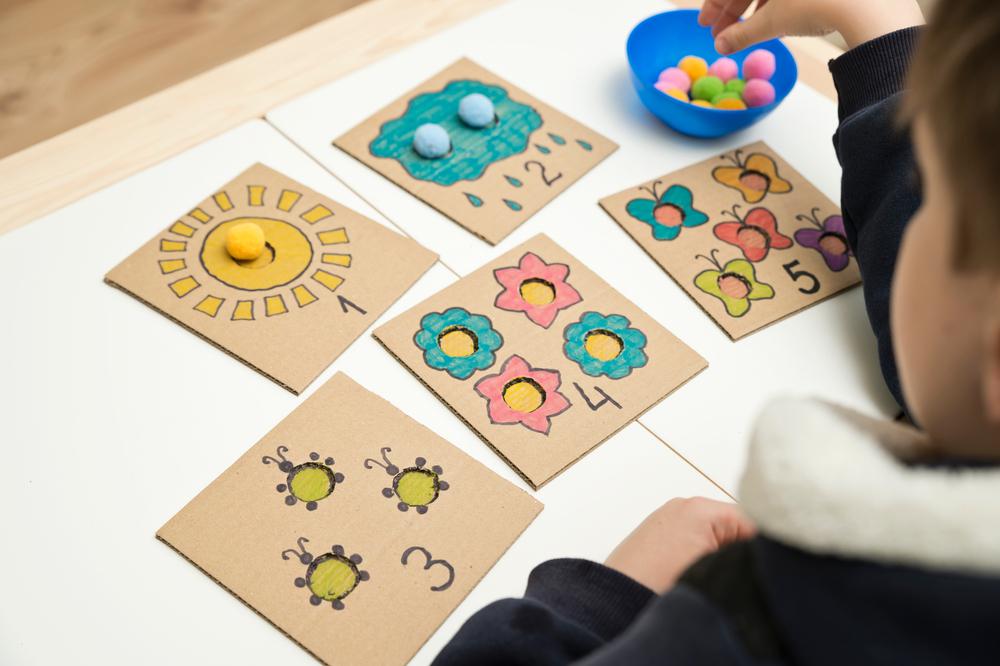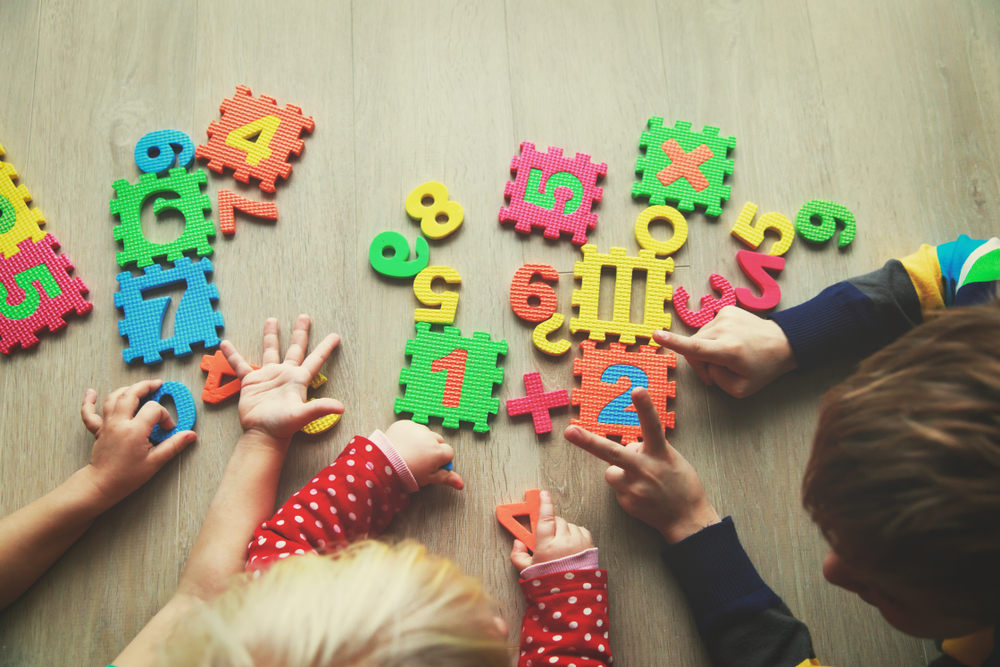Normal Thanksgiving Worksheets Activities With Answers for Ages 5-9
9 filtered results
-
From - To
Discover a variety of engaging Thanksgiving worksheets designed specifically for children ages 5 to 9! Our collection features fun activities that promote critical thinking and creativity, perfect for celebrating the holiday spirit. From festive brain teasers to themed puzzles, each worksheet encourages learning while capturing the joy of Thanksgiving. With included answer keys, parents and teachers can easily guide young learners through these enjoyable challenges. These worksheets support essential skills such as problem-solving, reading comprehension, and creativity. Download now to make this Thanksgiving both educational and entertaining for your little ones, ensuring a memorable holiday experience!
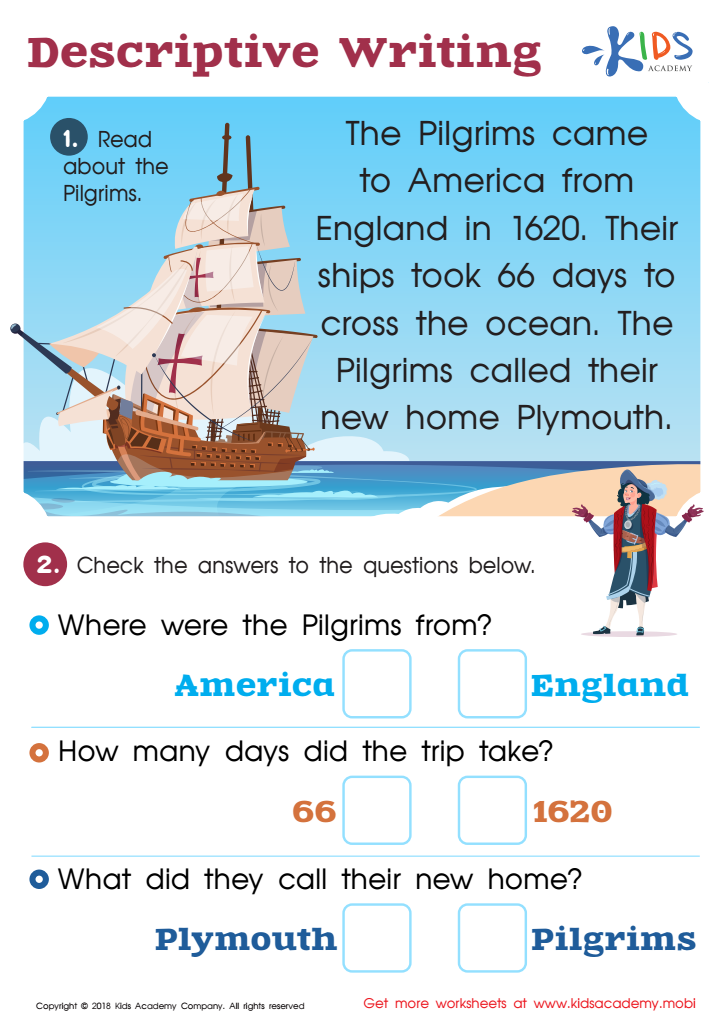

Descriptive Writing Worksheet: Part 1
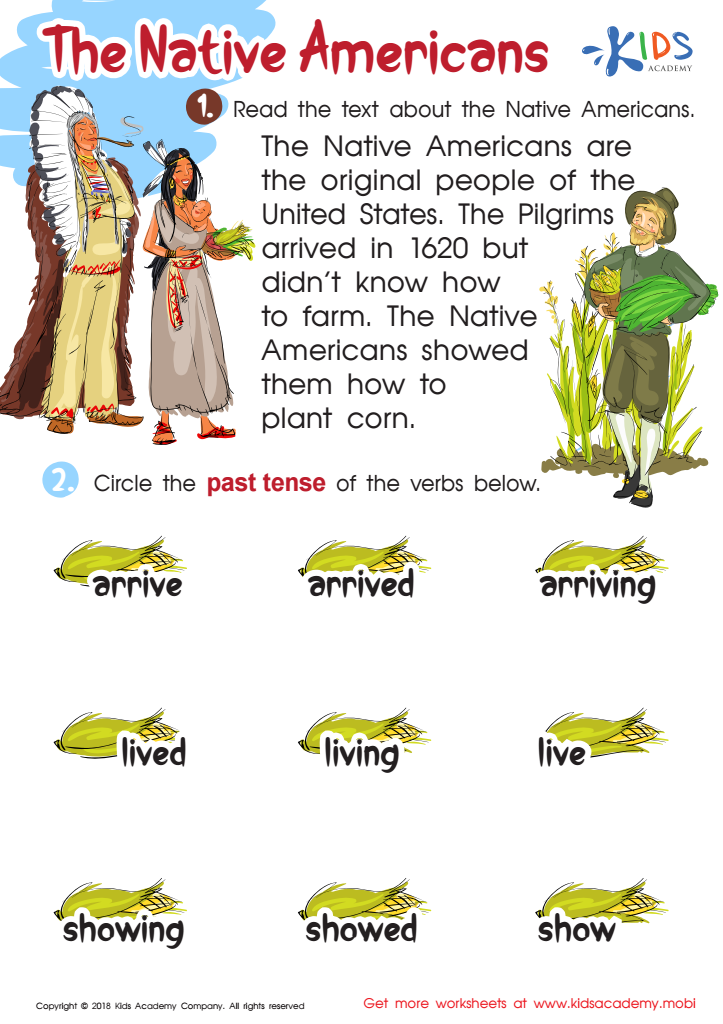

The Native Americans Worksheet
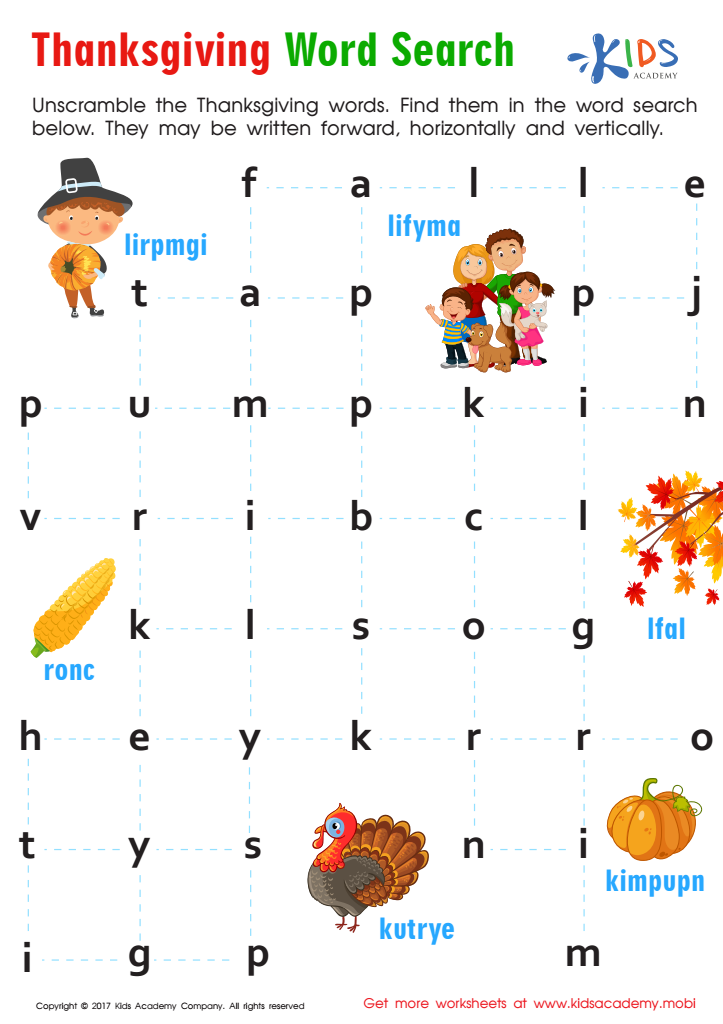

Thanksgiving Word Search Sight Words Worksheet
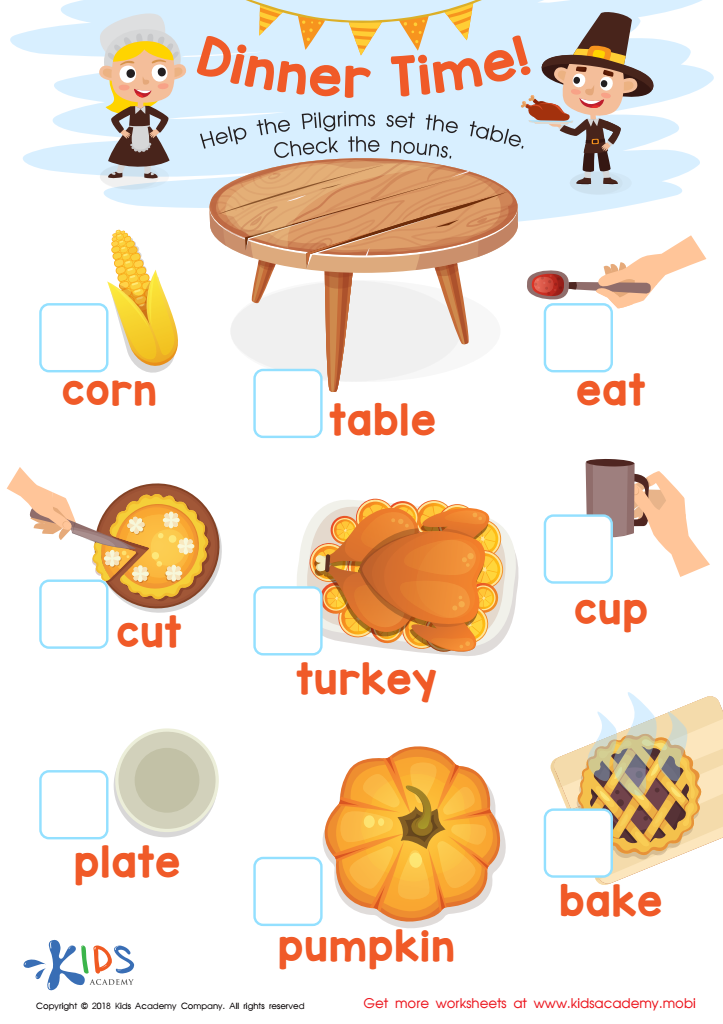

Dinner Time! Worksheet
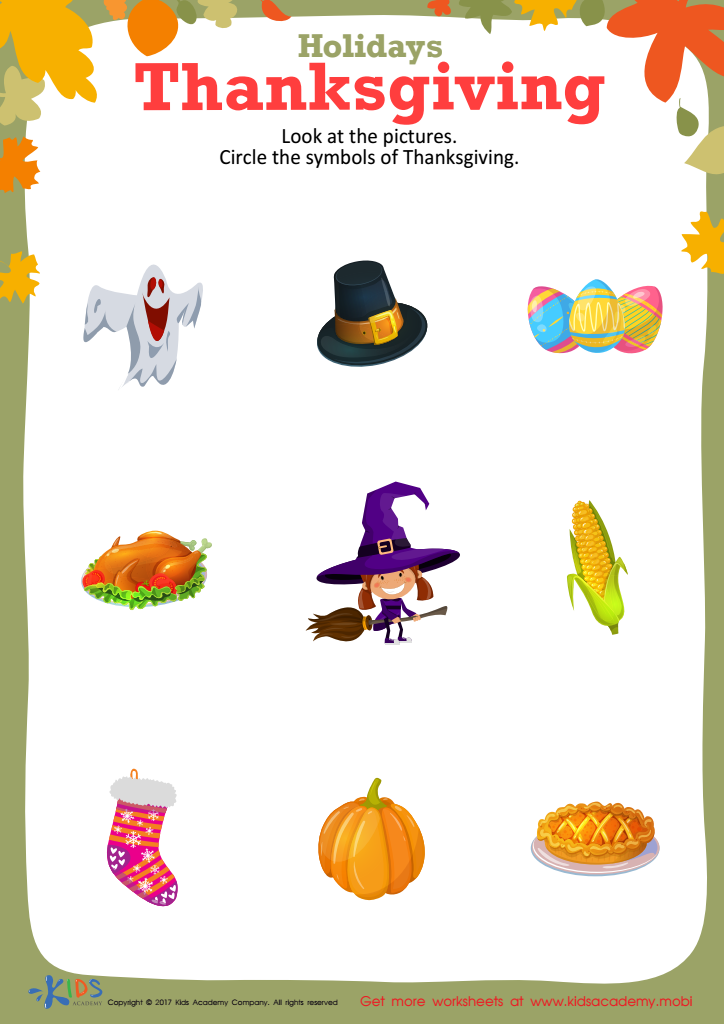

Thanksgiving Holiday Printable
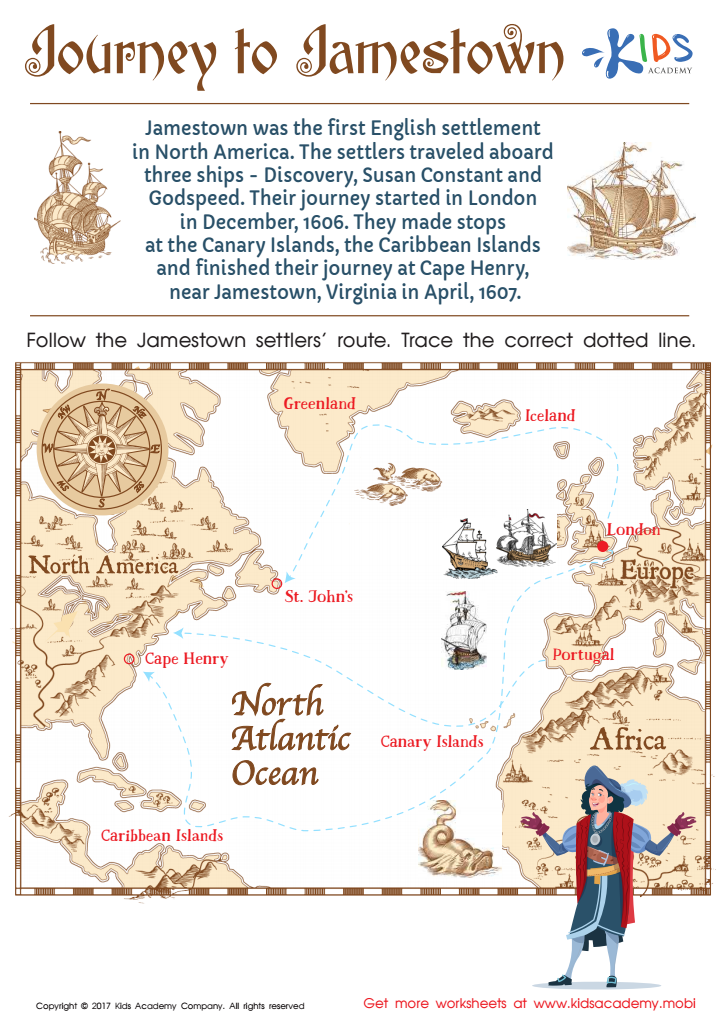

Journey to Jamestown Worksheet
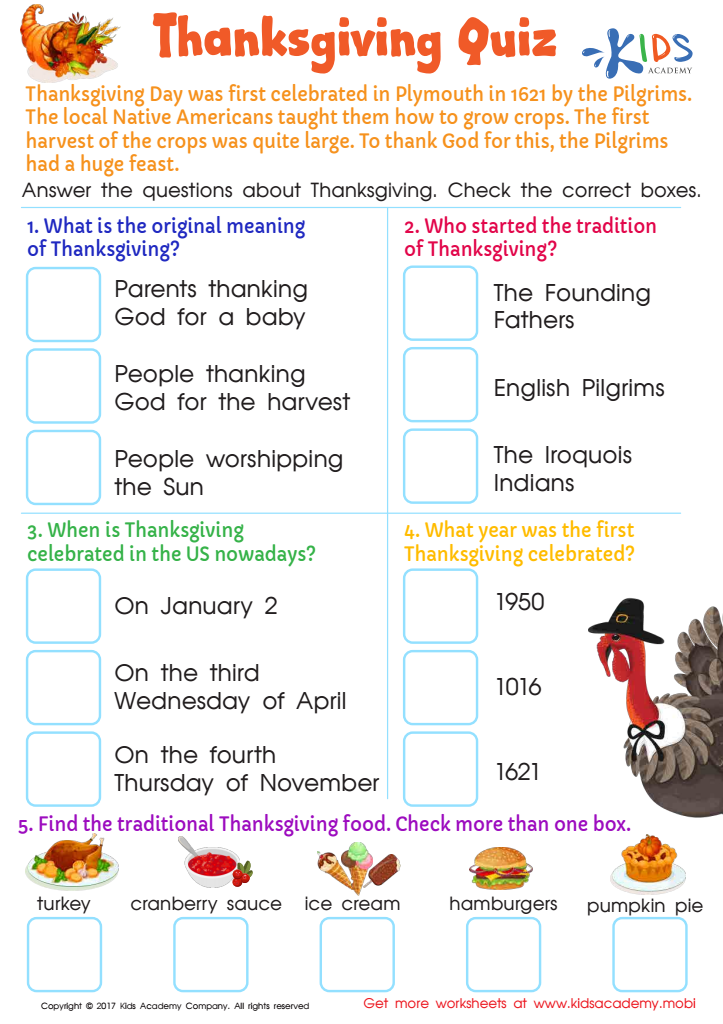

Thanksgiving Quiz Worksheet
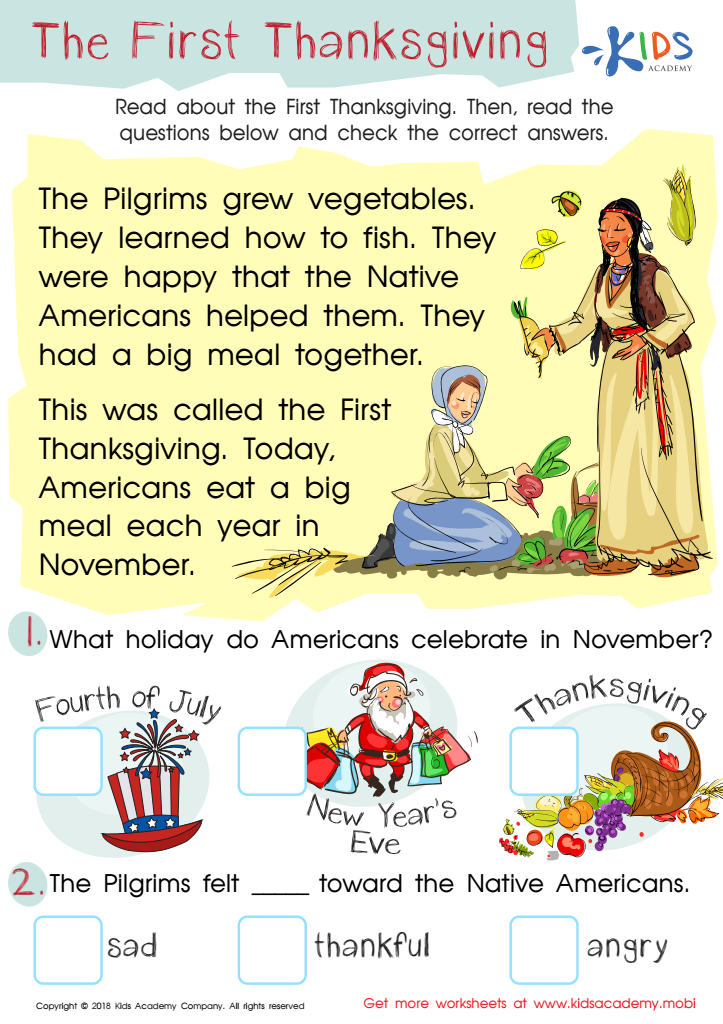

Assessment: First Thanksgiving Worksheet
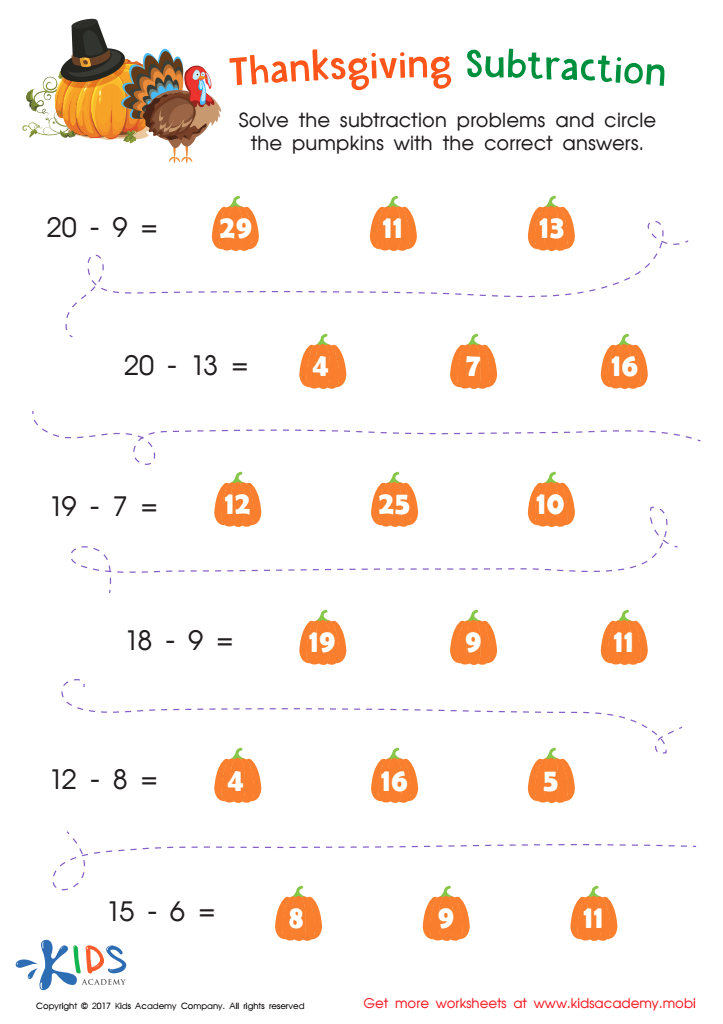

Thanksgiving Subtraction Substraction Worksheet
Normal Thanksgiving activities for children aged 5 to 9 offer a unique opportunity for learning and growth during a festive time. Firstly, these activities foster social skills as children engage in group projects, collaborating to create crafts or perform turkey-themed games. Through teamwork, they learn the importance of communication and cooperation—essential skills for their academic journey.
Secondly, Thanksgiving activities often incorporate educational elements, such as storytelling and history lessons about the significance of Thanksgiving. This helps children comprehend cultural traditions and the values of gratitude and sharing, promoting empathy and understanding. The age group of 5-9 is crucial for developing moral perspectives, and discussing themes of thankfulness encourages reflective thinking.
Moreover, engaging in hands-on activities, such as cooking or crafting, enhances fine motor skills and boosts creativity. Children can express themselves through artistic projects, reinforcing their self-esteem and confidence.
Lastly, these gatherings often include family participation, strengthening family bonds and creating lasting memories. Involving children in Thanksgiving activities deepens their emotional connections with their culture and loved ones, ultimately enriching their overall growth and development. Thus, parents and teachers should prioritize these activities for the developmental benefits they offer in a fun and engaging way.

 Assign to My Students
Assign to My Students




